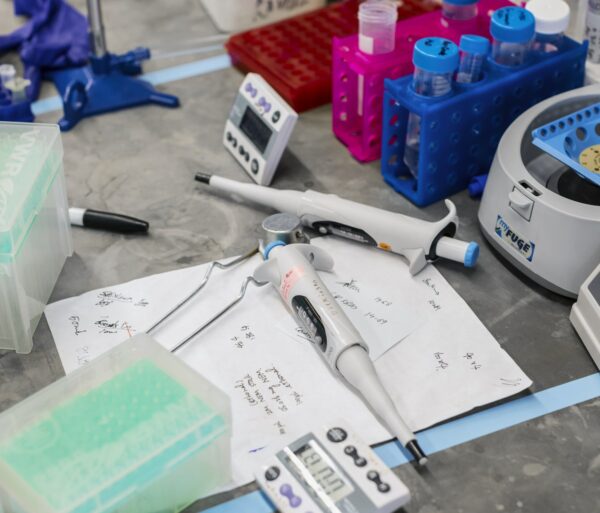The great Boston Red Sox hitter Ted Williams’ secret weapon was not his strength or his speed — it was his dynamic acuity. Williams’ eyesight was so sharp, he was able to read the label stamped on a baseball as it was hurtling toward him.
Dr. Naoum P. Issa, an assistant professor of neurobiology, pharmacology & physiology, is interested in understanding how the brain interprets the moving images we see. When we look at a stationary train, we can see each window and the numbers on the train clearly. When the train is in motion, the windows and writing on the train blur. So why do we see less detail when the train is moving?
It is known from previous studies that the neurons in our eyes can follow very rapid changes in a scene, but when the images get to the brain they blur together. Dr. Issa’s goal is to understand which part of the brain limits our ability to see detail in moving images and how this happens. To carry out this Brain Research Foundation-sponsored study, his lab used a brain-imaging technique to follow activity in the different areas of the brain that process visual images.
In previous studies, Dr. Issa found that fine details of an image are processed in a different region of visual cortex than are large-scale features. He then moved to study how the representation of fine detail changes with image motion.
Dr. Issa has uncovered two main findings so far. First, the brain actively inhibits itself when images are moving. When images are moving slowly, the regions of the brain sensitive to fine details inhibit the regions sensitive to large-scale features. So at slow image speeds, the brain makes itself more sensitive to fine details.
His second finding is that as the speed of an image increases, the activity of the brain shifts from regions that process fine detail to regions that encode large-scale image features. Even though the eyes are encoding the details in the quickly moving image, the brain only responds to the “big picture,” ignoring small details.
Dr. Issa’s plan for the future is to understand how these mechanisms are disrupted in a visual pathology known as amblyopia. Amblyopia is a disorder of the visual cortex caused by eye problems during childhood. It afflicts about 1 –2% of children and adults, and results in poor vision even after the optics of the eye are corrected. The origin of amblyopia seems to be an abnormality in how different regions of the brain inhibit each other. Because Dr. Issa can now determine some patterns of inhibition within the brain, he hopes to see how amblyopia changes these structures.
Ultimately, Dr. Issa hopes to help prevent vision loss from amblyopia — for future little-leaguers and others — and perhaps even restore visual acuity



